Harmonic Analysis (RMA) Worksheet for "You've Got a Friend in Me" by Randy Newman.
Harmonic Analysis (RMA) Worksheet for You've Got a Friend in Me by Randy Newman.
You've Got a Friend in Me is a song by Randy Newman. Used as the theme song for the 1995 Disney/Pixar animated film Toy Story, it has since become a major musical component for its sequels, Toy Story 2 (1999), Toy Story 3 (2010) and Toy Story 4 (2019) as well as a musical leitmotif throughout the whole Toy Story franchise. The song was nominated for both the Academy Award for Best Original Song and the Golden Globe Award for Best Original Song, but lost both to "Colors of the Wind" from Disney's Pocahontas.
Like many other Disney theme songs, "You've Got a Friend in Me" has been covered numerous times. Cover versions featured in the first three Toy Story films include a duet with Newman and Lyle Lovett in Toy Story; a diagetic instance by Tom Hanks, a version by Robert Goulet and an instrumental by Tom Scott in Toy Story 2, and a Spanish language version by the Gipsy Kings in Toy Story 3.
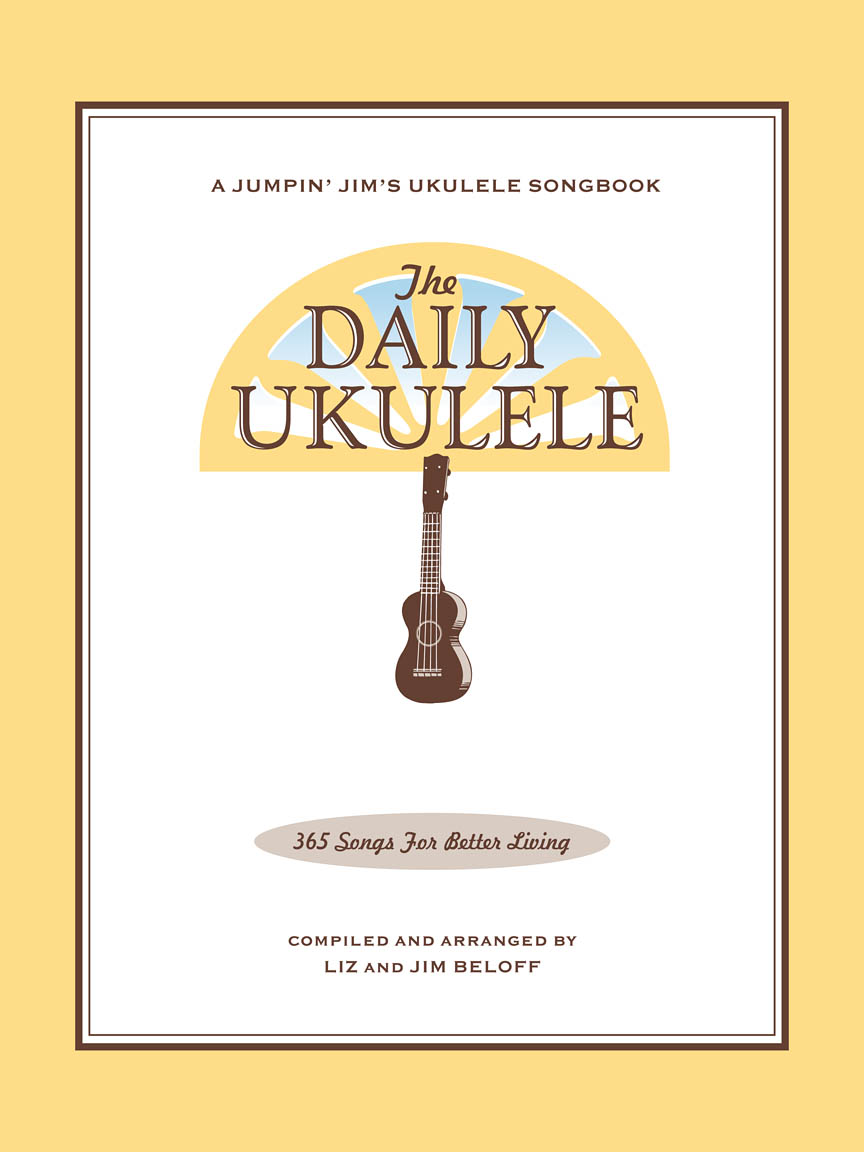
The Daily Ukulele— 365 Songs for Better Living book.










I
V
I7
( V of IV)
I
I
IV
I
III7
( V of VI)
VI
IV
I
III7
( V of VI)
VI
II7
( V of V)
VI7
( V of II)
II7
( V of V)
II V
I7
( V of IV)
VI7
( V of II)
Repeat A Section and End on a C or C6/9.
A Harmonic Analysis (RMA/HA) and its worksheet are intended to show the function of the chords, the harmonic principles used, the keys and tonalities the song explores. And, can be used for scale selections and chord and scale substitutions.
lead leadsheet.Minimal roadmap information such as repeats, fine, D.S., D.C., and codas has been used in preparing the worksheets to somewhat mirror the leadsheet in the Daily Ukulele book.
Yellow Book. You should start to recognize that 1st endings typically always return to a previous verse or an
 section. With a 2nd ending, a transition to a different part of the song, a
section. With a 2nd ending, a transition to a different part of the song, a  or chorus. Harmonic Principles are used for these repeats and transitions.
or chorus. Harmonic Principles are used for these repeats and transitions.You've Got a Friend in Me is in 4/4, Common Time and the Key of F .
- Full Diatonic
- Partial Diatonic • Full Diatonic includes Secondary Dominant chords
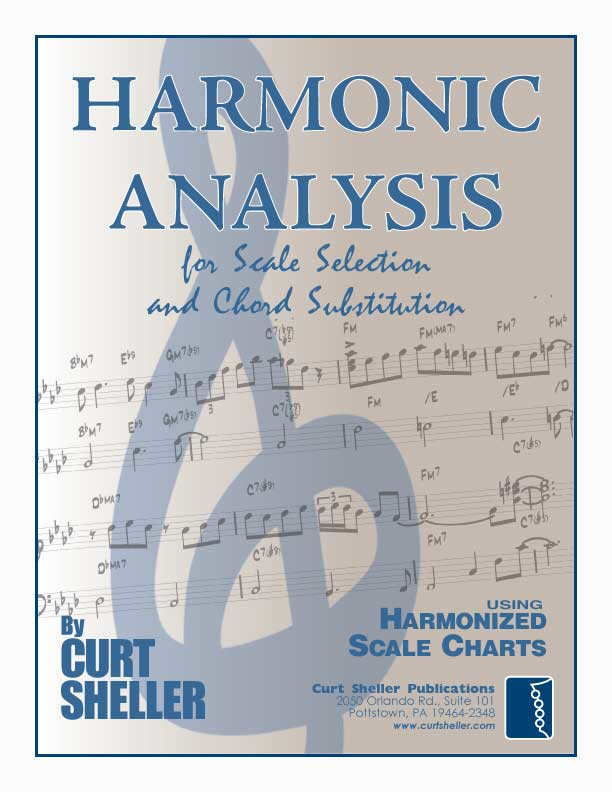
Contemporary Scales: Minor Pent: Minor Pentatonic, Pent: Major Pentatonic, Blues,
Scale/Mode Names: Ion: Ionian (Major), Dor: Dorian (Minor), Phrygian: Phrygian, Lyd: Lydian, Mix: Mixolydian (Dominant), Aeol: Aeolian (Natural Minor), Loc: Locrian
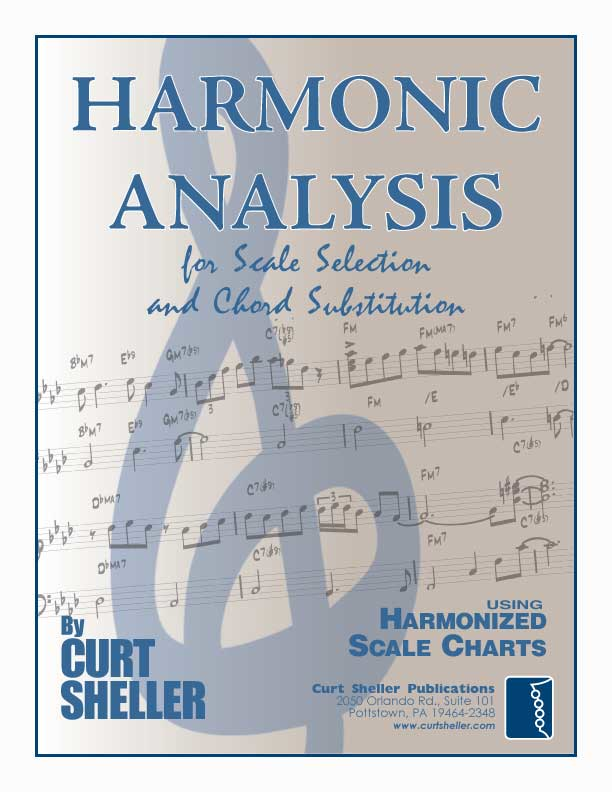
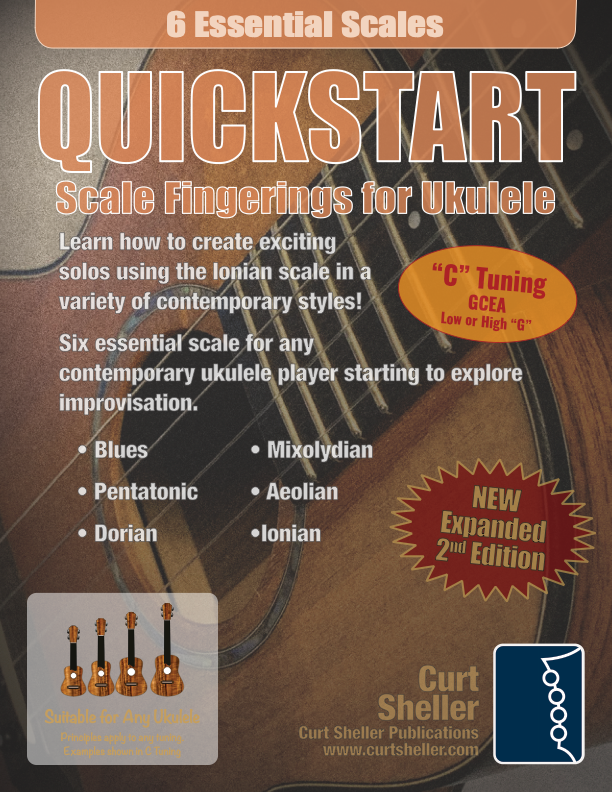
Related Lessons, Videos, Lesson Series, Songs, Books & Reference Charts, Resources & Assets, Workshops are below.

Harmonic Analysis (HA), also known as the study of chord relationships, is the method used to identify the harmonic role of chords within a chord progression or song. A chord progression refers to a sequence of chords, with each chord having a root note and belonging to a specific chord type. The function of a chord within a particular scale's tonality is determined by its relationship to that scale.
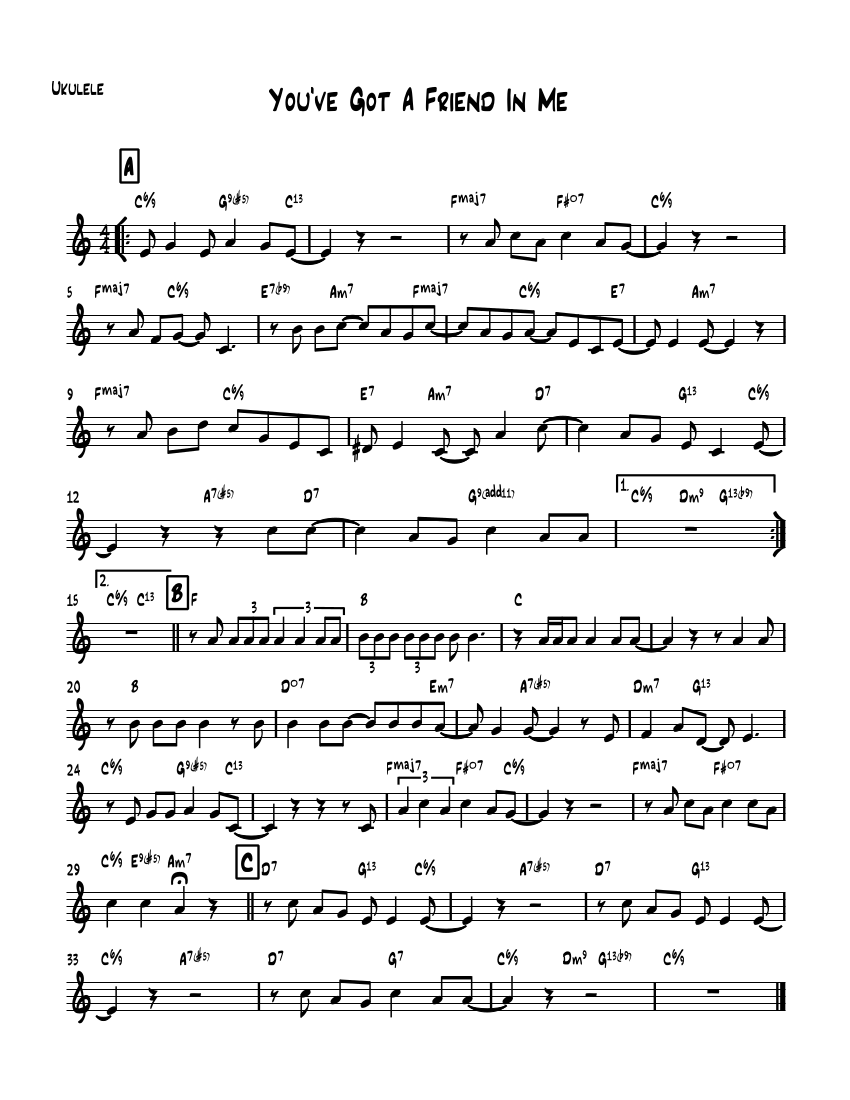
"You've Got a Friend in Me" is a song by Randy Newman. Used as the theme song for the 1995 Disney/Pixar animated film Toy Story, it has since become a major musical component for its sequels, Toy Story 2 (1999), Toy Story 3 (2010) and Toy Story 4 (2019) as well as a musical leitmotif throughout the whole Toy Story franchise. The song was nominated for both the Academy Award for Best Original Song and the Golden Globe Award for Best Original Song, but lost both to "Colors of the Wind" from Disney's Pocahontas.

Harmonic Analysis is the understanding of the functional sequence of chords. It is the process used to analyze the harmonic structure of a progression, song or composition. This analysis is then used to make scale selections for improvisation and chord substitution.
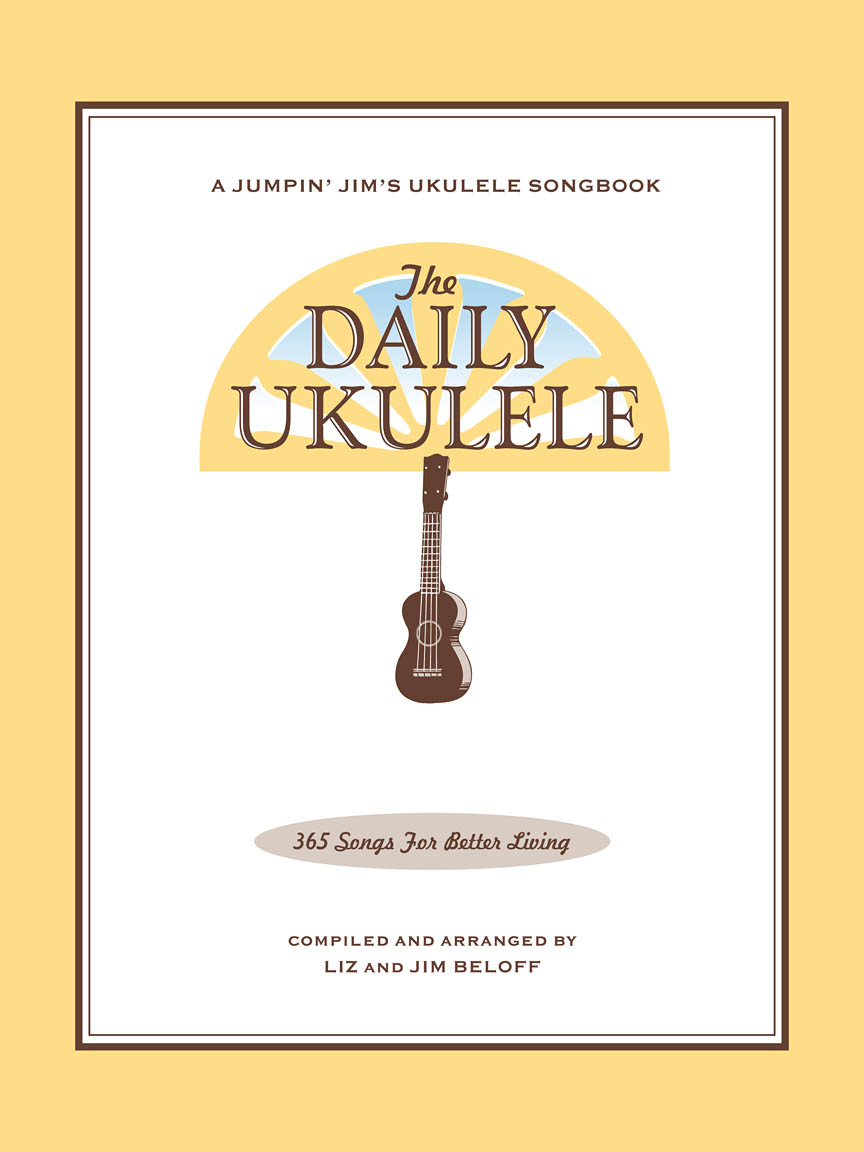
Strum a different song every day with easy arrangements of 365 of your favorite songs in one big songbook! The Daily Ukulele features ukulele arrangements with melody, lyrics and uke chord grids and are in ukulele-friendly keys that are particularly suited for groups of one to one hundred to play and sing.

Finally, learn the names of the notes of the ukulele fingerboard in C tuning .

Learn the six fingering principles to navigating the ukulele fingerboard. Fingering is one of the most universal topics. Book: Six Secrets of the Ukulele Fingering

Harmonic Analysis is the understanding of the functional sequence of chords. It is the process used to analyze the harmonic structure of a progression, song or composition. Book: Harmonic Analysis for Scale Selection and Chord Substitution

Learn to read single note melodies in the first/open position is a lot easier than you might think. Book: Ukulele – Reading Music Series – Primer

An organized collection of daily practice and reference material for the contemporary ukulele player for developing the vocabulary and knowledge necessary for single note playing. Book: Daily Practice Material for the Contemporary Ukulele
Checkout the Books & Reference Charts for additional Handy, Dandy Reference Charts.

Ukulele Fingerboard Chart for C Tuning, Low or High G – G C E A

Ukulele Fingerboard Chart for G Tuning, Low or High A – D G B E

A handy reference chart of all 15 major and relative minor key signatures. US Letter 8.5 x 11 sized (ANSI-A), A4
Checkout the Books & Reference Charts for additional Handy, Dandy Reference Charts.



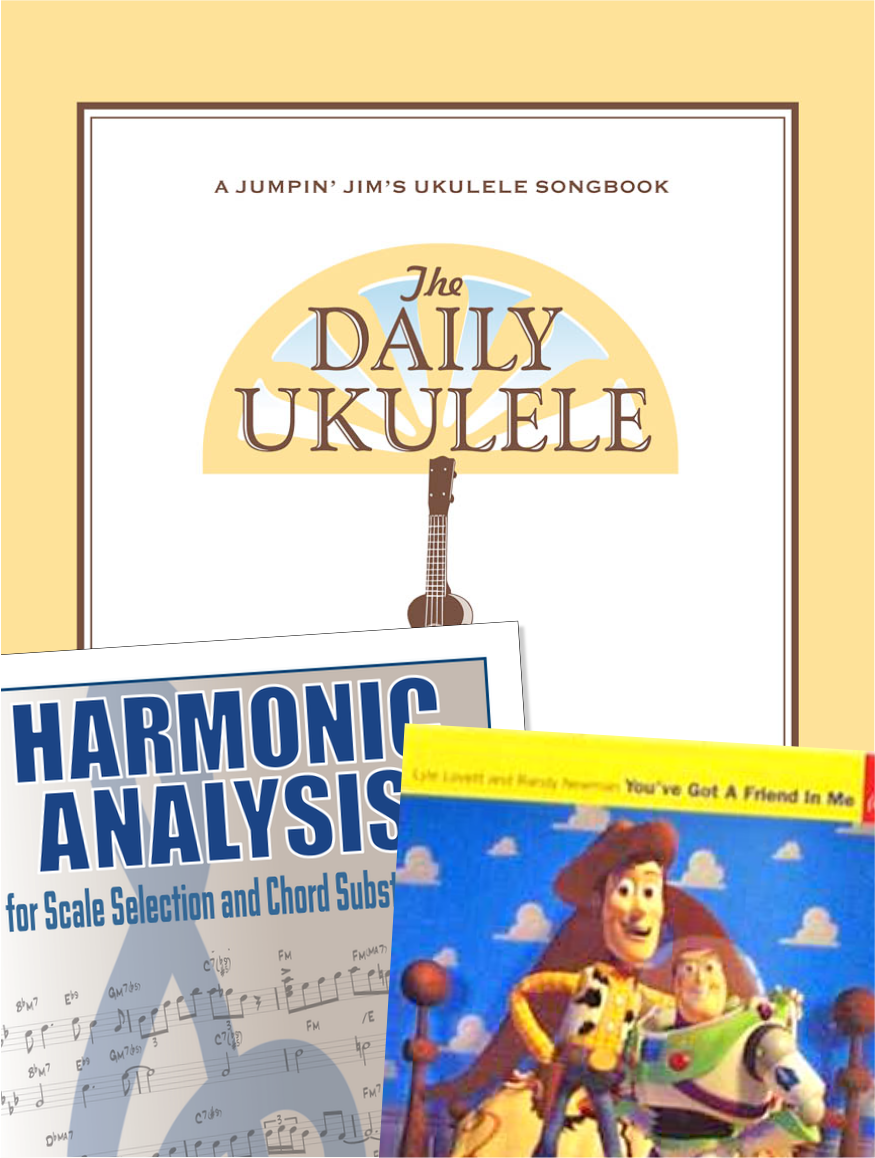
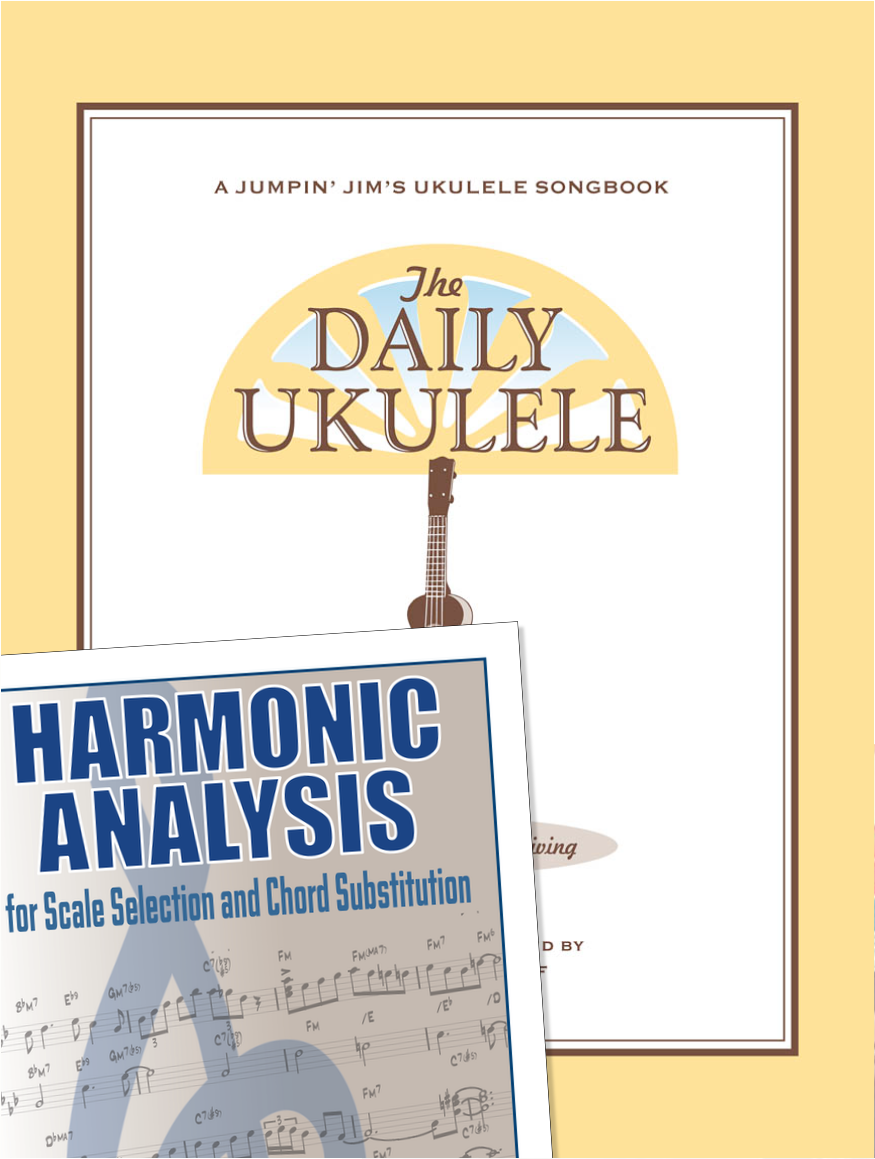
.jpg)